$9.13
(4)
Parts Unlimited Recoil Cable-Steel - 110007
$17.95
Cycle Craft Starter Cage - 39-18306
$51. 25
Cycle Craft Starter Pulley - 39-18316
$92.66
(5)
Cycle Craft Pullstart Kit with Pulley and Cage - 39-18317
$5.35
Cycle Craft Ratchet Dogs - 39-21251
$3.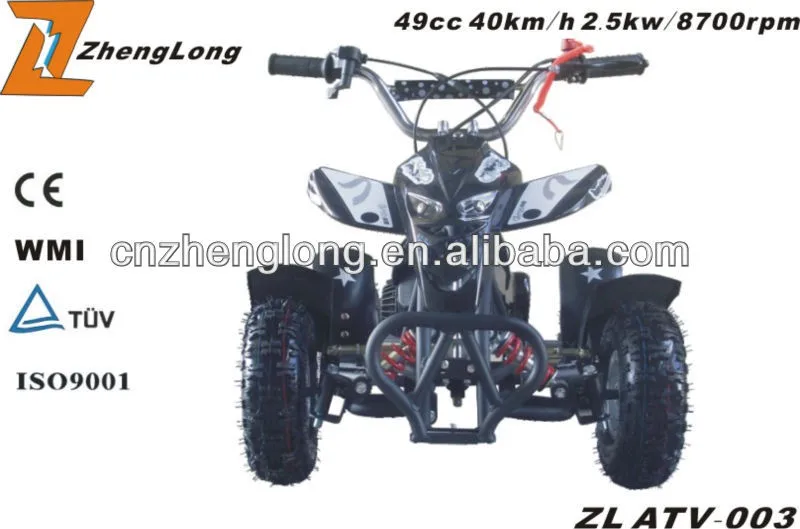 06
06
Cycle Craft Friction Washers - 39-21252
$11.66
Cycle Craft Friction Plate for Pullstart Kit - 39-21253
$17.95
(2)
Cycle Craft Starter Cage - 39-18302
$21. 99
99
(5)
Kimpex Recoil Starter Springs - 11-158
$7.95
(1)
Parts Unlimited Rubber Starter Grip Handle - 110010
$27.89
(2)
Kimpex Recoil Starter Springs - 911001
$16.39
(20)
Kimpex Recoil Starter Springs - 11-208-03
$19.99
(3)
Kimpex Starter Pulley-2 Cylinder - 11-367
$3.35
(1)
Helix Racing Products 74 in. Precut Nylon Starter Rope - 3/16 in. - 600-0074
Precut Nylon Starter Rope - 3/16 in. - 600-0074
$3.65
Helix Racing Products 74 in. Precut Nylon Starter Rope - 7/32 in. - 700-0074
$3.75
(2)
Helix Racing Products 74 in. Precut Nylon Starter Rope - 1/4" x 74" - 800-0074
$6. 87
87
(4)
Helix Racing Products 25 ft. Nylon Starter Rope - 3/16 in. - 600-0025
$8.51
(2)
Helix Racing Products 25 ft. Nylon Starter Rope - 7/32 in. - 700-0025
$10.30
Helix Racing Products 25 ft. Nylon Starter Rope - 1/4 in. - 800-0025
$33.51
Helix Racing Products 200 ft. Nylon Starter Rope - 3/16 in. - 600-0200
$47.37
Helix Racing Products 200 ft. Nylon Starter Rope - 7/32 in. - 700-0200
$52.45
(1)
Helix Racing Products 200 ft. Nylon Starter Rope - 1/4 in. - 800-0200
Nylon Starter Rope - 1/4 in. - 800-0200
$82.95
(3)
Moose Pull Start Rebuild Kit - 0936-0016
$82.95
(1)
Ricks Motorsport Electrics Pull Start Rebuild Kit for Polaris Atvs - 67-500
$82. 95
95
Ricks Motorsport Electrics Recoil Starter Rebuild Kit - 67-400
$82.95
(2)
Moose Pull Start Rebuild Kit - 0936-0028
$11.66
(3)
Sports Parts Inc. Recoil Spring - 11-208
$69.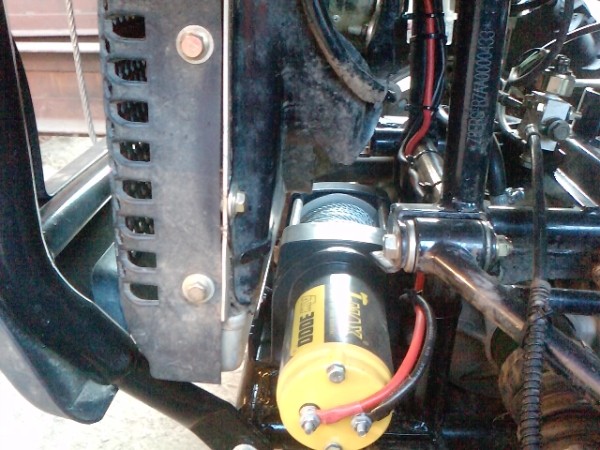 00
00
ITEK Silver Shock-Absorbing Starter Handle - PG01-AL
$39.59
ITEK Black Starter Handle - PG02-NR
$39.59
(1)
ITEK Silver Starter Handle - PG02-AL
$23.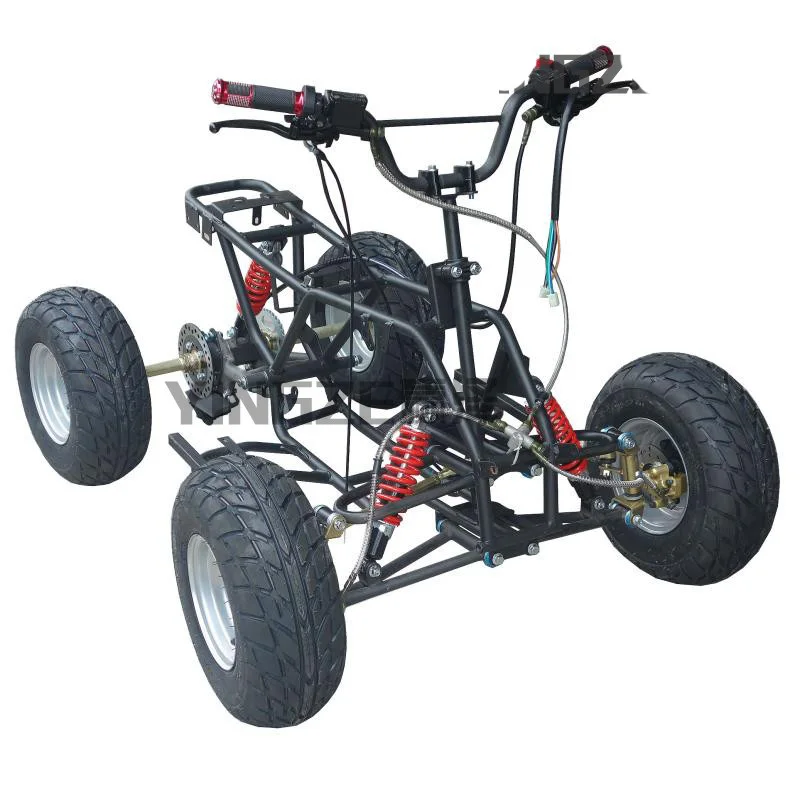 99
99
Bikeman Performance Ballastic Pull Start Rope - BMP-PSR
$17.99
(1)
Kimpex Rope Sheave for Recoil Starter - 15755
$140.93
(2)
Kimpex Recoil Starter Assembly - 300030
Select Year
Select Make
Select Ride Type
Select Model
Creating an account allows you to save your favorite rides, create and share wish lists, view your order history and get updates on the parts & accessories you want. Learn more about Dennis Kirk
Learn more about Dennis Kirk
Email Address
Password
Remember Me?
Forgot password
We're always looking to improve your shopping experience. If you have experienced a problem with our website, please describe the issue in as much detail as possible so our team can explore it further.
I enjoyed my experience
I did not enjoy my experience
Please select a category
General Website Fitment Email + Promotions Orders + Shipping
Please provide your comments
If you'd like us to follow up with you, enter the details below.
Your Name
Email Address:
Pull starting a big motor isn’t fun at the best of times, but when an ATV engine won’t pull start your efforts can feel like a frustrating waste of time. You’re correct to seek advice, many no-star problems are simple ones. Either way, I’m a mechanic and we’ll get to the bottom of this problem right now!
You’re correct to seek advice, many no-star problems are simple ones. Either way, I’m a mechanic and we’ll get to the bottom of this problem right now!
An ATV may not pull start for the following reasons:
In this post you’ll learn some common causes of an ATV that won’t pull-start, you’ll learn how to quickly diagnose where the issue lies and how to go about fixing it.
Page Contents
An ATV may not pull start for several reasons and in this section, we’ll try and get your particular problem to fit into one of three buckets. But just before we get to that we should be sure we have a problem. It is easy in the heat of battle to miss or assume something and so here s a short list of common no-start basics that are often overlooked.
But just before we get to that we should be sure we have a problem. It is easy in the heat of battle to miss or assume something and so here s a short list of common no-start basics that are often overlooked.
Not pulling starter with enough oomph – It should be noted an ATV engine needs to turn over at approx. 400 RPM in order to build sufficient voltage to create a strong bright spark at the spark plug. Less RPM means a weak spark and that will make starting the engine a challenge.
That’s all the simple stuff out of the way. Let’s dig a little deeper and check and see which bucket fits your symptom best.
Pull starter feels normal but the engine just won’t start – If your pull starter feels normal but just won’t fire, your ATV most likely suffers from a fueling, ignition, or compression issue. Pretty wide-ranging, I hear ya. But go ahead and follow the link to jump down the page where I show you how to quickly find which of these issues you have.
Pretty wide-ranging, I hear ya. But go ahead and follow the link to jump down the page where I show you how to quickly find which of these issues you have.
Pull starter feels funny, it’s stiff and the engine barely turns over – An engine that’s difficult or stiff to turn over is on the face of it, quite serious. That said there are some easy to fix innocent explanations for the stiffness. If the stiff pull starter sounds like your problem, go ahead and jump to the explanations below.
Pull starter pulls freely and isn’t catching and turning over the engine as usual – This is a common condition and is commonly associated with worn pulley pawls. If your pull starter feels funny and you think this might fit the description of your issue, go ahead and jump to the explanations below.
You are here because your pull starter feels normal, but she just won’t start – Great! You are in the correct place. All ATV engines require three things in order to start and run smoothly.
All ATV engines require three things in order to start and run smoothly.
One of these three is at fault and is the root cause of your no-start ATV.
We could check each of these three systems individually but that takes a ton of time and effort. Instead, we’ll run a test that eliminates one or two of the three. The test is called the gas shot test.
I run this test in the workshop, it saves a ton of time and effort and requires little in the way of tools. The test is as follows:
Note: it’s important to use fresh gas.
After your attempt to start the engine, two outcomes are likely:
1 Engine Started – The engine started or attempted to start it’s known as firing. Starting or firing both means your ATV likely suffers from a fueling issue. A choke issue is possible, but stale gas is the most likely, especially so if the gas is older than a couple of months. Draining the gas tank, carburetor bowl and refilling will solve the problem. Use a gas stabilizer in the fuel system to help guard against stale gas.
(Firing may be described and identified as follows – engine not running and smoke puffing from the tailpipe as the engine is cranked over.)
(Cranking may be described as – engine rotating by pull start or starter power, but the engine isn’t running.)
2 Engine Does Not Start – Engine made no attempt to start whatsoever. If this is the case, your ATV likely suffers from compression or an ignition system issue.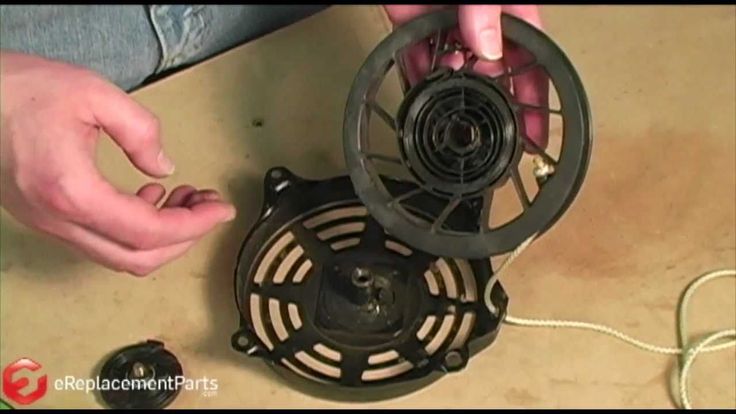 An ignition issue is far more likely, and a fouled spark plug is the most likely ignition problem. And that’s what we’ll check next.
An ignition issue is far more likely, and a fouled spark plug is the most likely ignition problem. And that’s what we’ll check next.
A fouled plug is a common problem in all small engine kit and occasional fouling isn’t a concern, if however, it happens a lot then you may have an underlying issue. Spark plugs need a little love from time to time. Typically a plug should be cleaned and gapped every 3 to 6 months and replaced every two years. Of course, I live in the real world and we both know that in most cases doesn’t happen.
A consistently fouling spark plug may be caused by all sorts of reasons from wrong plug type to poor quality gas and a ton of other reasons in between.
To clean and gap a spark plug, you’ll need the following tools:
I’ve covered cleaning and gapping a plug in greater detail in this post “Why is ATV spark plug black?”
To check the spark you’ll need to remove the spark plug and ground the plug on the engine.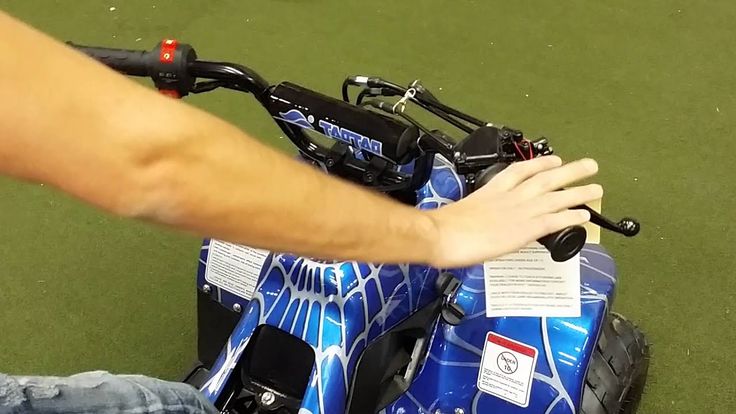
The process is as follows:
If you have a spare plug to hand, check spark using it also.
It’s critical to ground the spark plug well, getting this wrong will lead to an incorrect diagnosis.
Two outcomes are likely:
1 The spark plug works great – It emits a bright blue spark. If this is the case you’ll need to move on and check compression, the ignition system works fine.
2 Spark is weak or non-existent – A lack of spark is good news, it means you know why your ATV isn’t starting. The ignition system however includes a few components any of which could prevent spark if failed. I covered checking each component in the following post, it’s a dirt bike but the setup and testing is identical. “Dirt bike won’t start when hot”
“Dirt bike won’t start when hot”
If you need to check compression you can check out this post where I outline the process. “ATV has spark and fuel but won’t start.”
You are here because your pull starter feels really stiff – Great! This section is for you and here you’ll find more info on each of the more likely possibilities together with a broad outline of the fix.
First, we’ll look at the easier less serious causes:
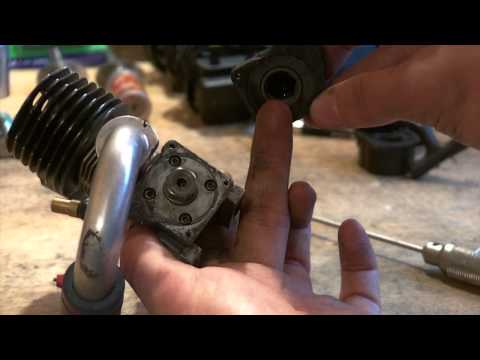 Either way, fluid in the cylinder prevents the piston from moving. To test for this condition, remove the spark plug and see if fluid spills from the cylinder. The fix – replace the head gasket or replace the carburetor needle valve.
Either way, fluid in the cylinder prevents the piston from moving. To test for this condition, remove the spark plug and see if fluid spills from the cylinder. The fix – replace the head gasket or replace the carburetor needle valve. The fix – release the valve.
The fix – release the valve.And now for a list of the more serious causes:
Checking ATV crankshaft timing marks
You are here because your pull starter feels funny, it’s not catching and cranking the engine over – You’re in the right place!
To confirm this you’ll need to remove the pulley assembly and check both the pawls and the receiver on the engine side. Replacing pawls is a simple job, but you will need replacement pawls and they are engine specific. Other common pull start assembly issues include a broken recoil spring, symptoms of which include a cord that doesn’t retract and a broken pull cord that is self-explanatory.
You may find the following posts helpful:
Start a dirt bike without kickstart
Will dirt bike start with low compression?
How to tell if ATV fuel pump is bad
ATV will only pull start?
ATV flooded with gas
Velomotors released the first Russian ATV Stels ATV 600 Leopard relatively recently - in 2014. A year later, Stealth introduced the Stels Guepard line. At the same time, information appeared in the media about the supply of ATVs to the Russian Army. Such news gave hope for quality. In practice, a new producer cannot compete with the mastodons of the market. But did Stels succeed? Let's check it out by comparing the Stels technique with the reference BRP Outlander ATVs.
A year later, Stealth introduced the Stels Guepard line. At the same time, information appeared in the media about the supply of ATVs to the Russian Army. Such news gave hope for quality. In practice, a new producer cannot compete with the mastodons of the market. But did Stels succeed? Let's check it out by comparing the Stels technique with the reference BRP Outlander ATVs.
This is the first ATV designed and assembled in Russia. The line consists of six utility vehicles.
Stels Leopard are built on a welded tubular steel frame. Engines - single-cylinder four-stroke liquid-cooled engines with a volume of 500 to 650 "cubes", with a capacity of 37-42 liters. With. and a maximum speed of 85-90 km / h. The injection system is carbureted, on models 650Y and 650YS - injection. Power system - Delphi. Clutch - centrifugal, automatic. As a transmission - CVT variator. The gearbox has a forced lock.
Suspension Stealth Leopard - independent, on two levers.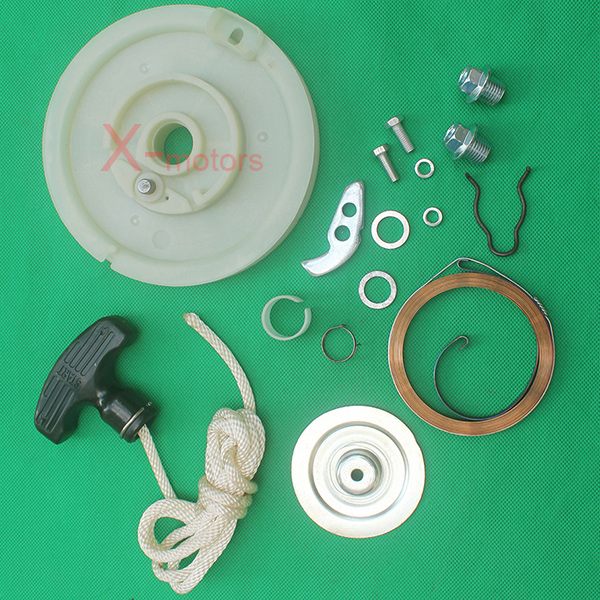 Shock absorbers are spring-hydraulic. Front travel - 155-165 mm, rear - 165-170 mm. Brakes - disc hydraulic. The capacity of the gas tank is only 14 liters. Ground clearance - 290 mm. Dimensions: 2240x1155x1440 mm. Gross weight - 376 kg. From the factory, Leopards are equipped with a front and rear trunk, a winch, a passenger seat, a tow bar and plastic underbody protection.
Shock absorbers are spring-hydraulic. Front travel - 155-165 mm, rear - 165-170 mm. Brakes - disc hydraulic. The capacity of the gas tank is only 14 liters. Ground clearance - 290 mm. Dimensions: 2240x1155x1440 mm. Gross weight - 376 kg. From the factory, Leopards are equipped with a front and rear trunk, a winch, a passenger seat, a tow bar and plastic underbody protection.
Despite the manufacturer's assurances, using the Stealth Leopard ATV is uncomfortable and even dangerous. The plastic used in the production is brittle - it quickly bursts. The bolts are weakly tightened - they are unscrewed and lost. Optics fog up, reflectors crumble - this creates a real danger on the road in the dark.
Other shortcomings include high fuel consumption, a drop in speed due to a vacuum in the fuel tank. One owner's trunk fell off and the frame burst on a run of only 778 km. The engine is constantly overheating, the manifold is red hot. If dry grass gets into the motor in hot weather, the ATV will catch fire.
Stels Leopard 600YS
Can-Am Outlander 650 X mr0006 The BRP Can-Am Outlander range includes a dozen ATVs in a variety of configurations and designs. There are even 6x6 liter models here. But for comparison, we will take ATVs with a similar engine size: Outlander Motor - Rotax V-Twin with a volume of 570-650 "cubes" and a power of 48-59 liters. With. Transmission - CVT, stepless. DPS power steering makes driving easier. Can-Am Outlander front suspension is double A-arm with 229-233mm of travel. Rear - independent on trailing torsion arms, with a stroke of 224-251 mm. In the basic configuration there is a Visco-Lok clutch - it can block the front differential. A towing capacity of 590-750 kg makes ATVs suitable for the countryside. The capacity of the gas tank is 20.5 liters. Tire size - from 25 to 28". The frame of the SST G2 is built on space beams. Front or rear steel rack with quick-release fasteners LinQ is convenient for carrying oversized cargo. Clearance - 267-299 mm. The plastic elements are durable and scratch resistant. Removable passenger seat with backrest and handrails frees up space for an additional luggage platform. The dashboard uses a bright LCD display. Already in the standard configuration, the buyer of the Outlander will receive alloy wheels, mud tires, power bumpers, a WARN winch with electric reinforcement, and an anti-theft system DESS. In the Outlander X MR model, the radiator is moved up and covered with a casing, so water does not get into it when fording. A range of utility ATVs. The design and equipment of all models is different, the engine capacity is from 650 to 850 cubic meters. All Guepard Stels are built on a welded tubular steel frame. The engine is a two-cylinder, two-stroke, liquid-cooled. Power - from 51 to 69 liters. s., torque 60-75 Nm, speed - 90-110 km / h. The fuel supply system is injection, compatible with AI-92 gasoline and higher. Ignition - electronic unit Delphi. Cheetahs V-belt variator has 2x4, 4x4 and 4x4 modes with forced differential lock. Front and rear suspension independent, two wishbones. The travel of the front shock absorbers is 185 mm, the rear ones are 180 mm. Brakes - disc hydraulic. The fuel tank is designed for 30 liters. The dimensions of the Stels Guepard ATV are 2400x1356x1510 mm, the wheelbase is 1550 mm. Gross weight - 642 kg. The factory kit includes: Stels Guepard behaves ambiguously on the road. Owners constantly complain about minor and serious damage. One of them, after the next repair of the ATV, found a knock in the variator area and went to a service center to find out the cause. What came of it - see in the video: The front suspension is built on A-shaped independent levers, its travel is 221-233 mm. Rear suspension - TTI independent trailing arms, travel - 251 mm. Road bumps are effectively dampened by Fox sports shock absorbers. Wheel size with mud tires and beadlocks - 26-30”. Ground clearance is 279mm, while the Outlander 1000R X MR has 330mm. Outlanders are already factory-equipped with: Judging by the reviews, Velomotors has something to work on. BRP Can-Am Outlander is a tried and tested family of utility ATVs. In the line there are models for both easy walks and extreme sports. Yes, Outlanders cost two to three times more than Stealths, but the owner does not have to risk his health and constantly be repaired. Therefore, we advise you to buy a new BRP Outlander all-terrain vehicle on credit or take a used ATV - the safety margin of Canadian equipment will last for many more years.

Stels Guepard
 see
see

Conclusions
 The Stels Guepard and Stels Leopard quad bikes have good parameters, but the build quality and components are worth the price. You won’t get pleasure from the trip on them, and even going out into nature can lead to trouble: in the summer heat, the ATV can catch fire. We hope that the company's engineers will take into account the errors in their next developments.
The Stels Guepard and Stels Leopard quad bikes have good parameters, but the build quality and components are worth the price. You won’t get pleasure from the trip on them, and even going out into nature can lead to trouble: in the summer heat, the ATV can catch fire. We hope that the company's engineers will take into account the errors in their next developments. Explore the BRP Can-Am Outlander 9 range0008
Email: Sales@xaPad. ru 9000
ru 9000
Address: Moscow region, Moscow region, Moscow region, Moscow region, Moscow region, Moscow region, Moscow region Leninsky district, Blizhnie Prudishchi village, vl. until 20:00
Gel traction batteries for adult electric ATVs, tricycles - rickshaws, self-propelled wheelchairs. DZM series for 12 - 60 volts. Warehouse Vavilov 9BUT
Do not rush to change lead-acid batteries for electric ATVs to super modern lithium batteries. If this is really important for electric bikes, where it is important to win in battery weight, then for heavy quadrics, cargo and passenger tricycles, weight does not play the first role. In addition, changing the type of battery entails changing the charger. Still inexpensive models for seasonal use in our band are produced complete with lead-acid gel batteries. The Pb resource is of course not so large, only 350-400 cycles, but if you use it only in the summer months, then it turns out 90 days a year - 3-4 years. Lithium batteries also cannot boast of long service life with 1000 charge-discharge cycles, the service life is up to 5-6 years. And this is subject to all the rules of operation.
Lithium batteries also cannot boast of long service life with 1000 charge-discharge cycles, the service life is up to 5-6 years. And this is subject to all the rules of operation.
For professional use, when an electric tricycle or cart works around the clock and all year round, a lithium battery, for all its high cost, will quickly pay for itself.
Depending on the supply voltage of the electric motor , there are 2, 3 or 4 batteries of 12 volts in the battery boxes. Respectively 24v/36v/48v. Capacity 12 Ah. They are connected in series, so the total voltage is a multiple of the number of batteries, the capacity is equal to the capacity of one battery.
There are two types of wire terminals. Available for M4 bolt and F2 "6.3 mm knife" type terminals. For powerful electric ATVs, a bolt terminal is preferable, because. allows more current to flow through it without heating. Terminal conversion is possible, our store has everything you need for this.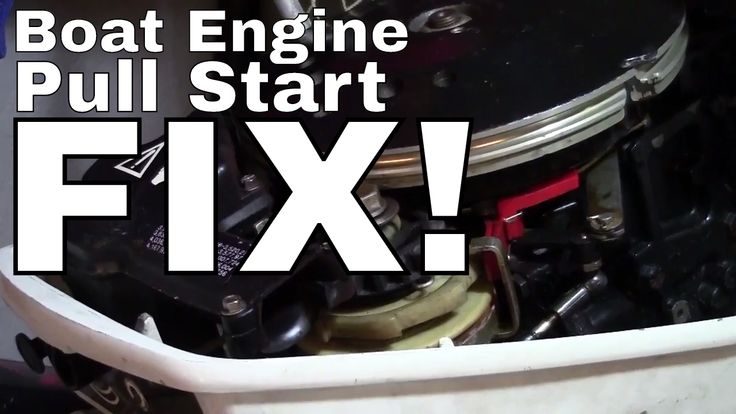 But if there is a battery available for the terminal you need - why redo it. Another case is if the old wires are oxidized - this leads to a strong heating of the battery-wire contact, and a new battery may fail. When charging, poor contact leads to a situation where the charger stops charging sooner than it should, and the batteries are constantly in a state of undercharging.
But if there is a battery available for the terminal you need - why redo it. Another case is if the old wires are oxidized - this leads to a strong heating of the battery-wire contact, and a new battery may fail. When charging, poor contact leads to a situation where the charger stops charging sooner than it should, and the batteries are constantly in a state of undercharging.
Container designation confusion. Designated capacity according to versions C5, C10, C20. This is the standard. On battery cases - whoever wants, he means so. Therefore, for comparison, it is necessary to take the capacity of one version from the description of the batteries and compare. For example, RDrive EV12-16 has a capacity of 16 Ah according to version C20.
4 250 ₽
4 136 ₽
3 910 ₽
4 895 ₽
Correspondence table and number of batteries for tricycle models:

Which battery should I buy? For completeness, the table shows three types of batteries:
Please note: AGM or GEL technology batteries are maintenance-free, do not emit harmful gases, and are not spilled. These technologies are very similar and are often confused; for traction purposes, it is customary to use GEL batteries.
These technologies are very similar and are often confused; for traction purposes, it is customary to use GEL batteries.
6 800 ₽
6 480 ₽
6 248 ₽
7 813 ₽
Passenger and cargo tricycles are powered by more powerful electric motors than ATVs. For a good power reserve, high-capacity batteries are needed. The total voltage of the battery assembly is 48 or 60 volts. These are 4 or 6 batteries connected in series. Because especially good acceleration dynamics and other sporting properties on tricycles, especially trucks, are usually not required, then the choice of gel technology is 100% justified. The marking of such batteries usually indicates voltage and capacity.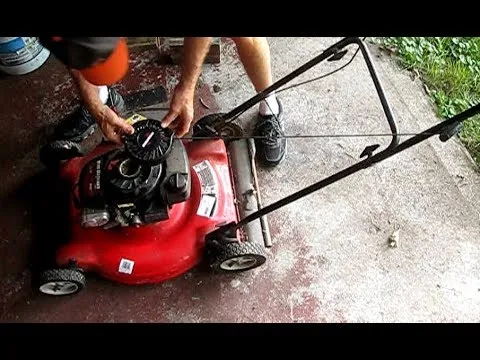 6 EVF 45 defines 6 - these are 6 cans inside a monoblock of 2 volts, a total of 12 volts. 45 - capacity for C5. Please do not confuse with C20 capacity. In the world of traction batteries, it is customary to compare batteries according to version C5 or C3.
6 EVF 45 defines 6 - these are 6 cans inside a monoblock of 2 volts, a total of 12 volts. 45 - capacity for C5. Please do not confuse with C20 capacity. In the world of traction batteries, it is customary to compare batteries according to version C5 or C3.
11 560 ₽
16 990 ₽
12 160 ₽
10 880 ₽
You can see the full list of batteries in the catalog gel traction batteries.
The charger must match the type of batteries being charged. So-called "fully automatic" or "supposedly universal" chargers also automatically reduce battery life. The passport of the charger must indicate what type of battery it is intended for, as well as the voltage and charge currents. Compare this with the data below:
Compare this with the data below:
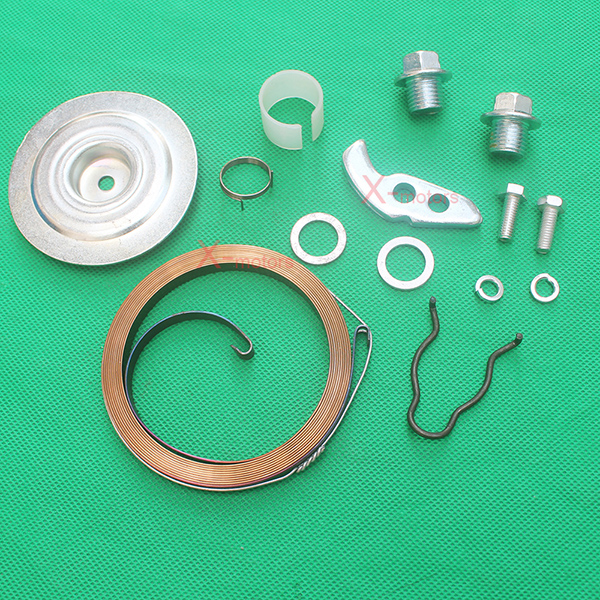 The arithmetic is simple: The same 20Ah battery will go from a discharged state to a charged state when charged with 2 amperes in 10 hours. And given the fact that the charger reduces the current as it charges, then more than 10 hours. If you use equipment intensively, make sure that the charge is full, otherwise a decrease in service life is inevitable!
The arithmetic is simple: The same 20Ah battery will go from a discharged state to a charged state when charged with 2 amperes in 10 hours. And given the fact that the charger reduces the current as it charges, then more than 10 hours. If you use equipment intensively, make sure that the charge is full, otherwise a decrease in service life is inevitable! 